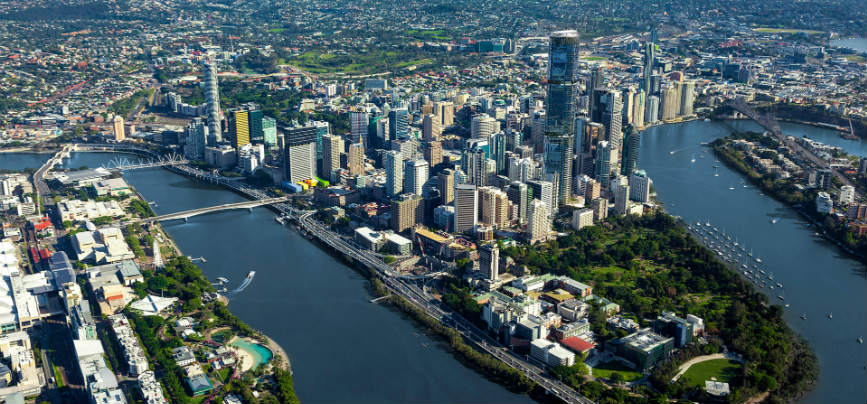

Capital city dwelling values have been affected differently across Australia in the wake of the pandemic. One area, in particular, is defying the new normal across the country with house prices continuing to grow quickly.
As well as anecdotes of demand in regional lifestyle areas, the Australian Capital Territory dwelling market has been the clear “winner” of the capital cities, increasing 1.3% in value between the end of March and the end of July, as national dwelling values declined 1.4% in the same period.
While it may seem counter-intuitive that prices are rising across the ACT amid a global pandemic, the property market is actually performing as may be expected when the cash rate is reduced. Research from the Reserve Bank of Australia has found that for every one percentage point reduction to the cash rate, property values may increase 8% over the following two years.
While this traditional relationship is being tested by a global pandemic, residents across the ACT may be relatively insulated from some of the effects of the pandemic.
Part of this may be because recent case numbers have been low or non-existent: as of early August, social distancing restrictions were easing across the Territory, and the ACT had gone almost one month without reporting new active cases.
In the ACT, there is a high level of divergence between capital growth in houses and apartments. House values across the ACT were at a record high in July 2020, having increased 8.5% over the year, with the median house value $721,912 at July 2020. Apartment values were 3.6% below the record high, where the value of the unit market peaked in May 2010.
However, apartments have also followed the recent house market upswing, sitting 2.7% higher over the year. The median unit value across Canberra was $445,135.
The chart below highlights the relatively subdued growth rates across units, with the gap between house and unit growth rates widening in the few months to July.

Similar to Brisbane, a high level of apartment supply across the region has seen some of the most divergent performance between houses and units out of the capital city markets, off the back of high levels of new apartment supply relative to houses. Unlike Brisbane however, apartment supply across the ACT had shown no signs of moderating before the pandemic.
Completions of units across the ACT reached a record high in the year to March 2020, at 4,427, and CoreLogic settlement risk data estimates that as of April, a further 360 units would be completed across the region by the end of October, with the biggest uplift as a proportion of existing stock being completed in Gungahlin. While the number of apartments built grew though, completions of new houses fell. The development is in line with the 2012 ACT planning strategy, which sought to create a “compact and efficient city”, and for those who own house and land in the ACT, it has had the benefit of creating much stronger house price growth than in units.
Another aspect of the housing market that appears to have two tiers of performance is between property values and rent values.
As property values continued to rise through July, rent values have declined half a percent since the onset of the pandemic.
This may have to do with better conditions across higher paid jobs, where people are more likely to buy property and have a mortgage. The number of people working in financial and insurance services, and electricity, gas, water and waste services grew between March and July of this year according to the ABS. These sectors also have have among the highest typical weekly earnings of Australian industry, and are therefore more synonymous with owning a home. In contrast, the ACT saw a relatively large rate of job loss in vulnerable sectors such as arts, recreation, food and accommodation services. With workers in these sectors far more likely to rent, it makes sense that rent values declined.
The ACT property market has been in an upswing since August last year.
While the dwelling market is currently a breakaway performer, there is a chance that this market will experience a delayed downturn as the economic repercussions of Melbourne’s second lockdown become more broad-based.
Investor demand, while already low relative to Australia-wide participation, may also be impacted by lower rent values.
As a result, prolonged growth in this market will be subject to how quickly Australia can suppress new virus cases, and see recovery in the labour market.
With this in mind, investors and first home buyers considering the ACT should be taking a look at apartments. In this way, you can buy low and then sell high in a few years when the market hits its peak. Off-the-plan projects are ones you should seriously consider as you can always buy now and then sell at the peak of the market once the project is newly complete. Owner-occupiers interested in houses should keep their eye on the market for properties that fit within their budget – but don’t be discouraged if it takes a while for one to show up.
We would love to hear your thoughts on this project.
Have you visited this project recently, or perhaps you live nearby or bought in a neighbouring building? Tell us what you love about this project, or perhaps what you don't.